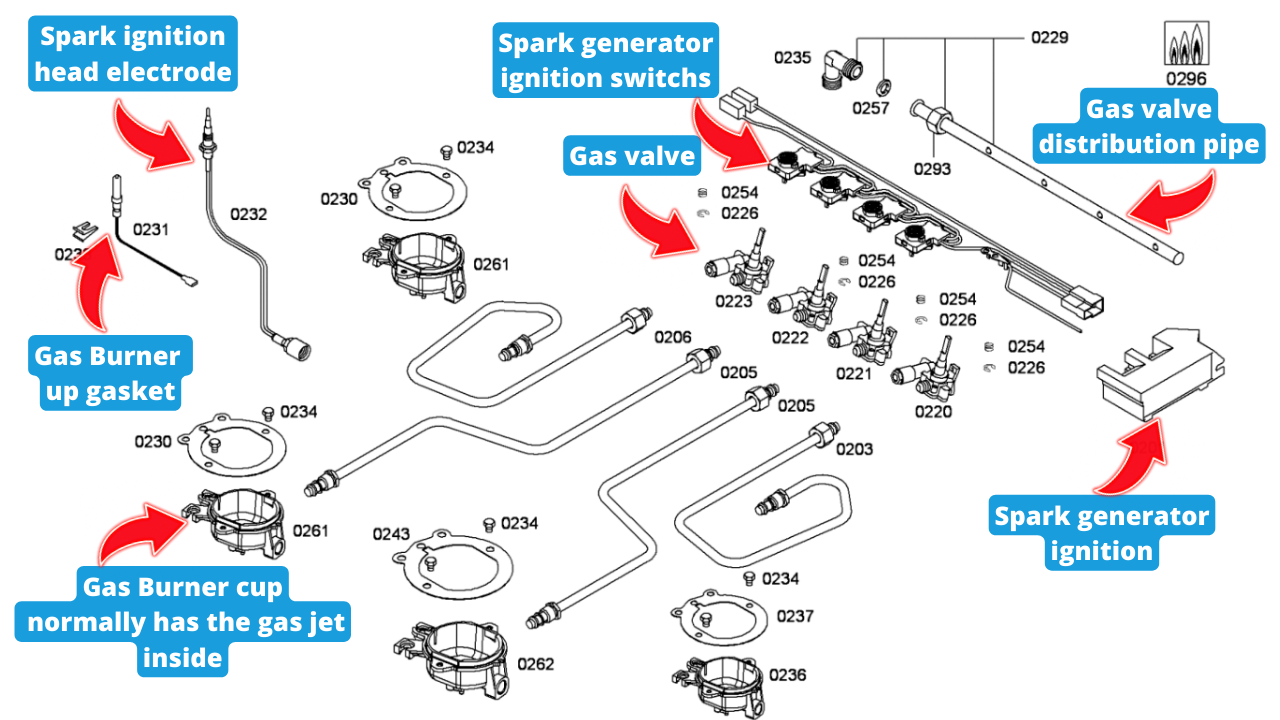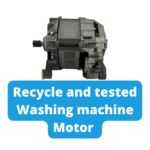How to go about testing the rpm of your washing machine motor
This video will not only show you how to go about testing the rpm of your washing machine motor to make sure it’s doing the wash and spin cycles correctly
Mastering Your Washing Machine: A Guide to Using a Digital Tachometer for Precise Repairs
🛠️ Introduction: Harnessing Modern Technology in Appliance Repair
Hello, and welcome to our latest guide at 'How to Repair'! Today, we're exploring a nifty gadget that's revolutionizing the way we maintain and repair our washing machines: the digital tachometer.
🌀 The Role of a Digital Tachometer in Washing Machine Maintenance
A digital tachometer, once a tool mainly used by car mechanics, has found its way into the world of domestic appliance repair. It's a simple yet effective device that uses a light beam to measure the number of rotations a wheel makes per minute, giving us the RPM (revolutions per minute) reading.
🚫 NOTE: when searching for washing machine carbon brushes, you will always need your full model number and brand if you cannot find what you're looking for please use the Contact Us page
🚫 NOTE: when searching for new or recycled washing machine motors, you will always need your full model number and brand if you cannot find what you're looking for please use the Contact Us page
Testing the rpm on a washing machine motor
🔍 Practical Applications: Testing Washing Machine RPM
Let's take a practical example. Your washing machine may have various preset spin speeds. With a digital tachometer, you can accurately verify these speeds. For instance, if your machine is set to rotate at 52 RPM in both clockwise and anticlockwise directions, this tool will help you confirm that.
💡 Getting Started: Setting Up Your Washing Machine for Testing
Before you begin, safety first! Disconnect the power supply and remove the back cover to access the pulley wheel and belt. A small piece of silver-backed tape can be used as a marker on the wheel to ensure accurate readings.
🔄 Conducting the Test: An Easy-to-Follow Procedure
After setting up the machine in test mode, aim the tachometer at the marked point. You'll see real-time RPM readings, which should align with the machine's specifications. For example, a cotton wash might run at 50-60 RPM, while a delicate wash will be lower due to its gentler nature.
🌪️ Verifying Maximum Spin Speeds: Ensuring Optimal Performance
The real fun begins when testing the maximum spin speed. Watch as the RPM steadily climbs - it's not just fascinating, it's crucial for ensuring your machine operates efficiently and safely.
🧐 Understanding Variations in Readings: Calibration and Accuracy
It's important to remember that instruments like tachometers need calibration. So, if your readings are slightly off from the expected RPM, don't panic. A variance of five to ten percent is generally acceptable.
🤔 Modern Vs. Older Machines: A Quick Comparison
It's interesting to note the difference between newer and older washing machines. Newer models with induction motors don't have a built-in tachometer and work on the principle of electromagnetic fields. Older models with brush-type motors had a built-in tachometer for this purpose.
🎓 Final Thoughts: Embrace the Change in Appliance Repairs
This guide is just the tip of the iceberg. Modern technology like digital tachometers is making DIY repairs more accessible and accurate. These tools are affordable and an essential addition to your toolkit.
🍻 Support 'How to Repair'
Found this guide useful? Consider supporting our work by visiting our "Buy Paul a Beer" page. Your appreciation fuels our passion for sharing knowledge in appliance repair.
Thank you for joining us on this journey of appliance mastery! Remember, a well-maintained machine is a happy machine. Until next time, keep tinkering! 🧰👋





















